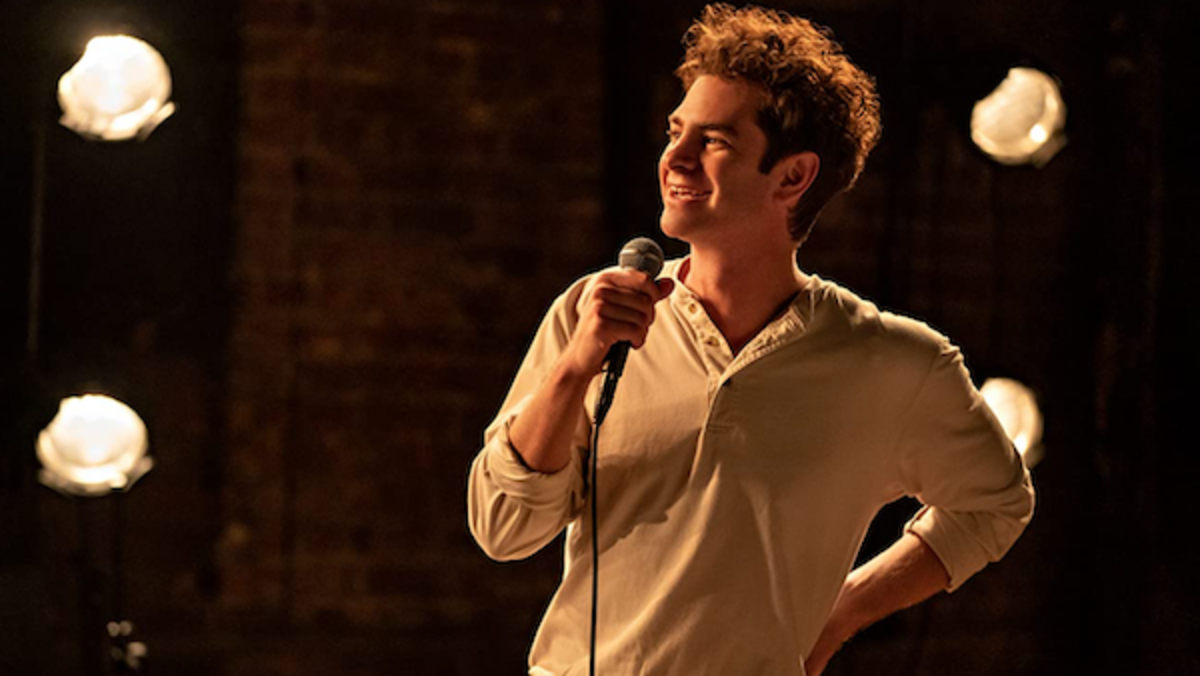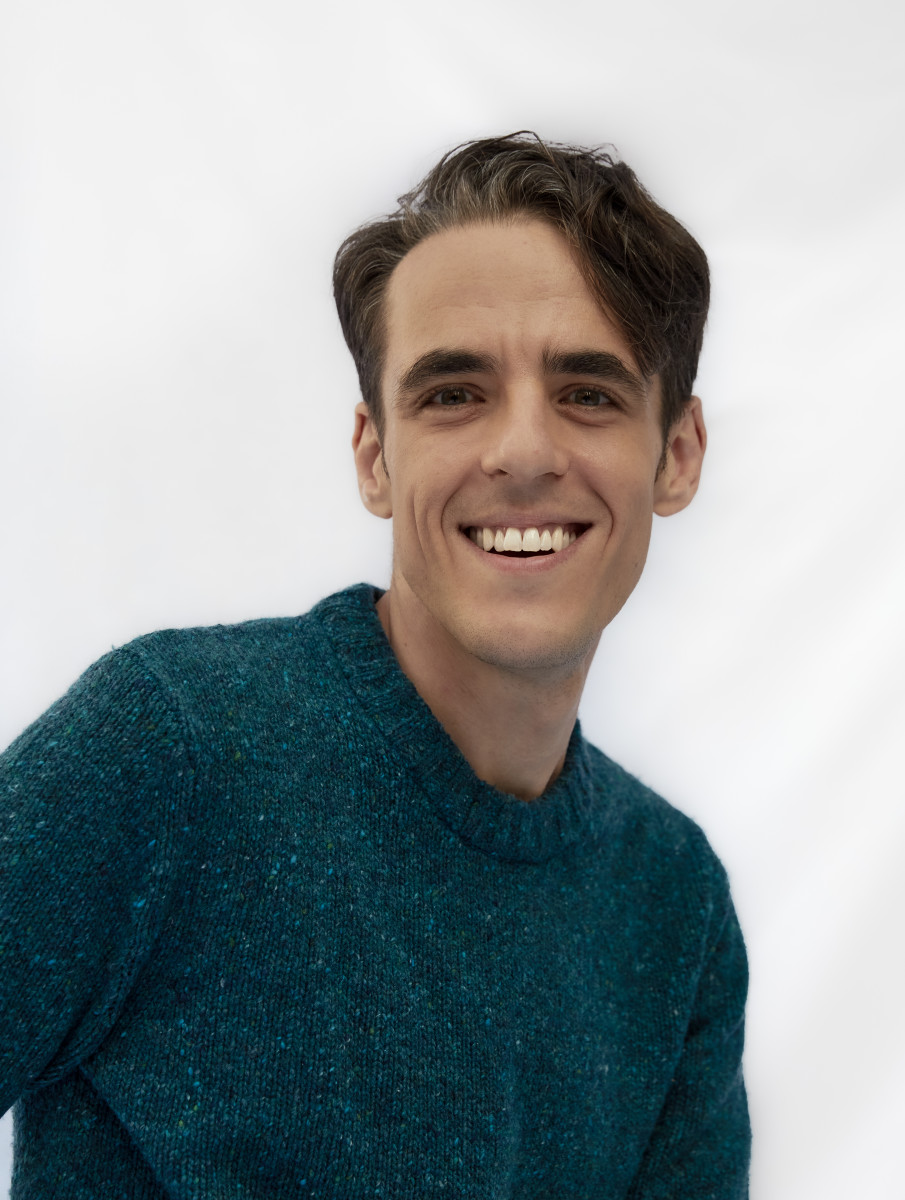In a wide-ranging discussion, screenwriter Steven Levenson talks about writing and collaborating for the stage, film and television, delving into the creative process, and the challenges of adapting tick, tick…BOOM! – a true story to the screen.
Steven Levenson is a playwright and television writer who authored the Tony Award-winning book, Dear Evan Hansen. His plays include If I Forget, The Unavoidable Disappearance of Tom Durnin, Days of Rage, and The Language of Trees. In television, Levenson co-developed and executive produced the FX limited series Fosse/Verdon and was a writer and producer on Showtime’s Masters of Sex. His honors include the Obie Award, Outer Critics Circle Award, Drama League Award, Helen Hayes Award, and the John Gassner Memorial Playwriting Award.
About tick, tick…BOOM! Pulitzer Prize and Tony Award winner Lin-Manuel Miranda makes his feature directorial debut with tick, tick…BOOM!, an adaptation of the autobiographical musical by Jonathan Larson, who revolutionized theater as the creator of Rent.

Kouguell: Let’s start by talking about your career trajectory.
Levenson: I started acting in school plays and musicals, and continued acting through college and loved it, but toward the end of college, I began to feel that as much I loved acting, I wanted to do more than just interpret ideas and words. And then I discovered playwriting. My playwriting professor (Pulitzer prize winner) Paula Vogel was very instrumental in giving me confidence.
When I left school and moved to New York City, I got a job as a literary assistant at Playwrights Horizon and for two years I wrote coverage and kept writing plays. I had plays produced at Roundabout Theatre Company and other underground theaters, and then made my way to Los Angeles and making Dear Evan Hansen.
Kouguell: Working with composers is an important element of your body of work.

Levenson: I always loved musicals and had a great deal of respect for them. I was eager to work with composers and found the process very intuitive, it felt like a natural fit. It is a very collaborative process and it’s very creative and inspiring how ideas multiply with multiple people.
It takes some humility to work with music in general. If the music in a stage play is great, and after the show when people leave the theater, the book or script will fade into the background if it’s doing its job.
With Tick, Tick…Boom! the challenge there was to take songs that already existed and try to sew the two together. In a way it’s more challenging because you can’t make changes to the songs. It was really a creative and inspirational constraint; as a writer, sometimes constraints are the most freeing things.
The Larson Papers at the Library of Congress
Director Lin-Manuel Miranda, producer Jen Tepper and Levenson viewed the Larson Papers at the Library of Congress, an extensive archive created a few years after Larson’s passing. A treasure trove of the more than 200 songs Larson had written since 1978, the archive contains early versions of numbers from Rent and tick, tick…BOOM!, songs and notes from his musical Superbia, letters, scores, notes, photographs, notebooks, cassettes, demo tapes, and books.
Kouguell: This project was a particularly unique adaptation process; adapting elements from Larson’s personal life as well as his own writing.
Levenson: At the Library of Congress archives we looked at Larson’s papers and spent maybe four or five hours making copies of things. tick, tick…BOOM! began as this solo piece that Jonathan wrote and performed himself, but there were many different drafts of it over several years.
We found every possible draft of tick tick…BOOM! and every draft of Superbia, which was challenging because none of them was carefully labeled or dated. There were five drafts of tick tick…Boom!, our task was to find the commonality and differences and find the most vital and fun material. It was an exciting challenge.
We went back to Larson’s original show, which was about 45 minutes long. Making it into a film, we wanted to do what Jonathan couldn’t do in a solo show, and the great gift of the screen, we could see him create it and see those events and expand them. It was like piecing together a puzzle and getting inside Jonathan’s head as a writer as best we could.
I wanted to put the solo show in and build around it. We would see the story unfold and another frame around that, the present tense viewing of this story and with Susan as the narrator at the opening and end of the film, to get the full impact and understanding of the context of the story, knowing that Larson went on to write a musical (Rent) that changed theater.
Levenson then went on to talk about how they structured the material, listing the songs on a white board and constructing the dialogue around them.
Kouguell: I imagine you felt a strong sense of responsibility to Larson’s life and his work.
Levenson: It was a joyful responsibility. As a team, I think we all pushed harder to make it right, and to always be excellent. There were little things – for example, the scene in Central Park where we are seeing seagulls fly by, the seagulls were Jonathan’s idea. It was freeing as a writer, I was there to serve his vision, and I took my ego out of it.
Kouguell: You write for the stage, as well as for film and television, and worked as a showrunner. In film and television, scripts are considered more of a blueprint from which others work. How do you approach the writing process in each medium?
Levenson: I think plays are about living in real time and in the way conversations really unfold and the rhythms of actual speech and you can luxuriate in that, there’s a different kind of time.
With a script for film and television, the rhythm is about picking the most important moments in a scene and cutting to the meat of it. It’s more about story; plot is a much bigger driver, whereas in a play you can take your time and stretch this. I’m always conscious of that.
For a musical, one line in a song can capture a scene that’s several pages in a script.
Kouguell: Advice for writers?
Levenson: The best creative advice I was given was to take in as much as I could; to read and see as much as I could. If there was a script, I read it to learn how to figure out how it worked. It’s how to find your voice. Immerse yourself in what you love.